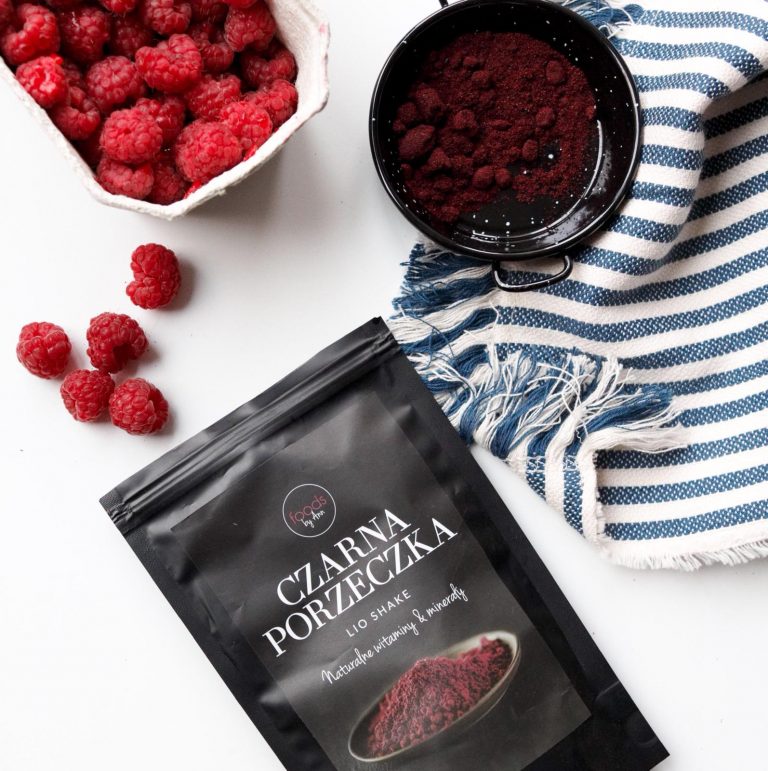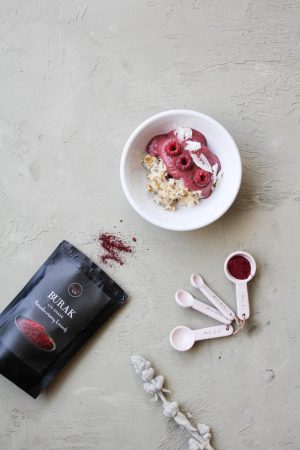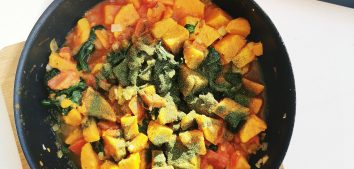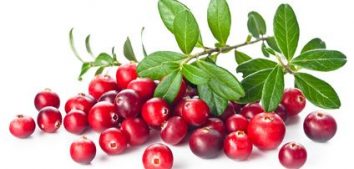
Are freeze-dried products worth trying?
Nowadays, lyophilization is one of the best methods of food preservation which doesn’t involve adding any artificial ingredients. The finished product contains only 1-2% of water which makes it really light and ideally suited as a snack, e.g. while travelling. I do hope that this post will encourage you to try and use freeze-dried products more often in your cooking.
What is lyophilization about?
Lyophilisation is a method of physical preservation of food, which consists in removing water from a frozen product, bypassing the liquid state.
How does lyophilization work?
The lyophilization process consists of three stages: freezing, sublimation and desorption.
Freezing
During this stage, a significant amount of water is separated from the dissolved substances and ice is formed.
Sublimation
During the next stage of freeze-drying water converted into ice is removed from the product through its direct transfer into water vapor (gas form). At this stage, more than 99% of water is removed, resulting in rapid thickening of the substance. This is the longest stage of the lyophilization process.
Desorption
At this stage, the product is dried. The goal of this stage is to reduce residual moisture to the optimum level for the product.
Where is freeze-drying used?
The process of lyophilization is now widely used in food, pharmaceutical, and cosmetic industries. It enables preservation and long-term storage of e.g. perishable food products, drugs, probiotics or blood plasma. Lyophilization is used for the production of antibiotics, vaccines, and dried food, especially dried fruit, vegetables, herbs, instant coffee, spices and ingredients for ready-to-eat dishes, including dried meat. On the market, you can find freeze-dried strawberries, blueberries, rosehips, avocados, tomatoes, carrots, celery, mushrooms, yeast and tea leaves.
The advantages of lyophilization
Freeze-dried products are characterized by high quality. Thanks to the fact that the lyophilization process is carried out at low temperature, most of the physical, chemical and biological properties of the product are preserved. Thus, this process maintains a greater nutritional value and sensory attributes of products.
Freeze-dried food is characterized by a better taste and aroma compared to products obtained by other drying methods. In addition, during the freeze-drying process, the most important nutrients, such as vitamins and proteins, are not degraded. Lyophilization does not affect the color. What’s more, you won’t find preservatives, flavor enhancers, and artificial flavors in the freeze-dried food. The removal of water from the product at a low temperature allows the inhibition of most chemical and microbiological reactions, thanks to which a clean and microbiologically safe product is obtained.
The disadvantages of lyophilization
It is difficult to find any drawbacks of the lyophilization process, except that it is relatively time-consuming and expensive compared to other methods. It lasts on average 1-2 days and is about 4-8 times more expensive than convection drying at high temperature.
Freeze-dried products – who are they for?
Freeze-dried food was initially used mainly by the army and during space expeditions. Currently, with the growing availability of freeze-dried food products and a reduction in their prices, this food is increasingly used by people who want to eat healthily and lead an active lifestyle. I recommend freeze-dried fruits and vegetables especially in autumn and winter when the amount of fresh vegetables and fruits decreases. Lyophilized products are also an excellent alternative for children who don’t like e.g. green vegetables. By adding freeze-dried products to your dishes you can easily improve their nutritional value.
How to store freeze-dried products?
Freeze-dried products should be stored in a cool and dry place due to their high hygroscopicity.
Lio Shake Foods by Ann
Lio Shake Foods by Ann contain freeze-dried fruit and vegetable powder that contains approximately 10 times more vitamins and minerals than fresh products. It can be used as an addition to cocktails, oatmeal, and many other dishes. One serving is about 1-2 teaspoons (5-10 g). You can buy Lio Shake HERE. If you are looking for recipes using freeze-dried products, including Lio Shakes, be sure to check the blog and my application Diet & Training by Ann.
Bibliography:
- Kofi Bedu-Addo F.: Understanding Lyophilization Formulation Development. Pharmaceutical Technology Lyophilization, 2004: 10-18.
- LaTorre-Snyder M.: Lyophilization: The Basics, Pharmaceutical processing. 2017, 32 (1).
- Pržić D.S, Petrović S.D, Ružić N.L.J.: Lyophilization – The process and industrial use. Chemical Industry and Chemical Engineering Quarterly. 2004, 58 (12): 552-562.
- Shukla S.: Freeze drying process: A REVIEW. International Journal of Pharmaceutical Sciences and Research. 2011, 2(12): 3061-3068.
- Gaidhani K.A, Harwalkar M, Bhambere D, Nirgude P.S: Lyophilization/ freeze drying – a review. World Journal of Pharmaceutical Research. 2015, 4 (8): 516-543.










Comments No Comments
Join the discussion…